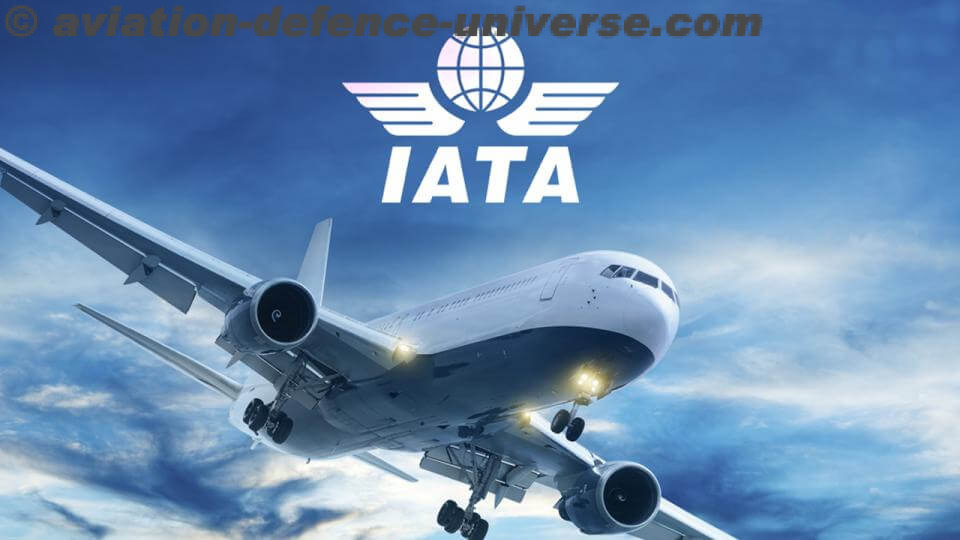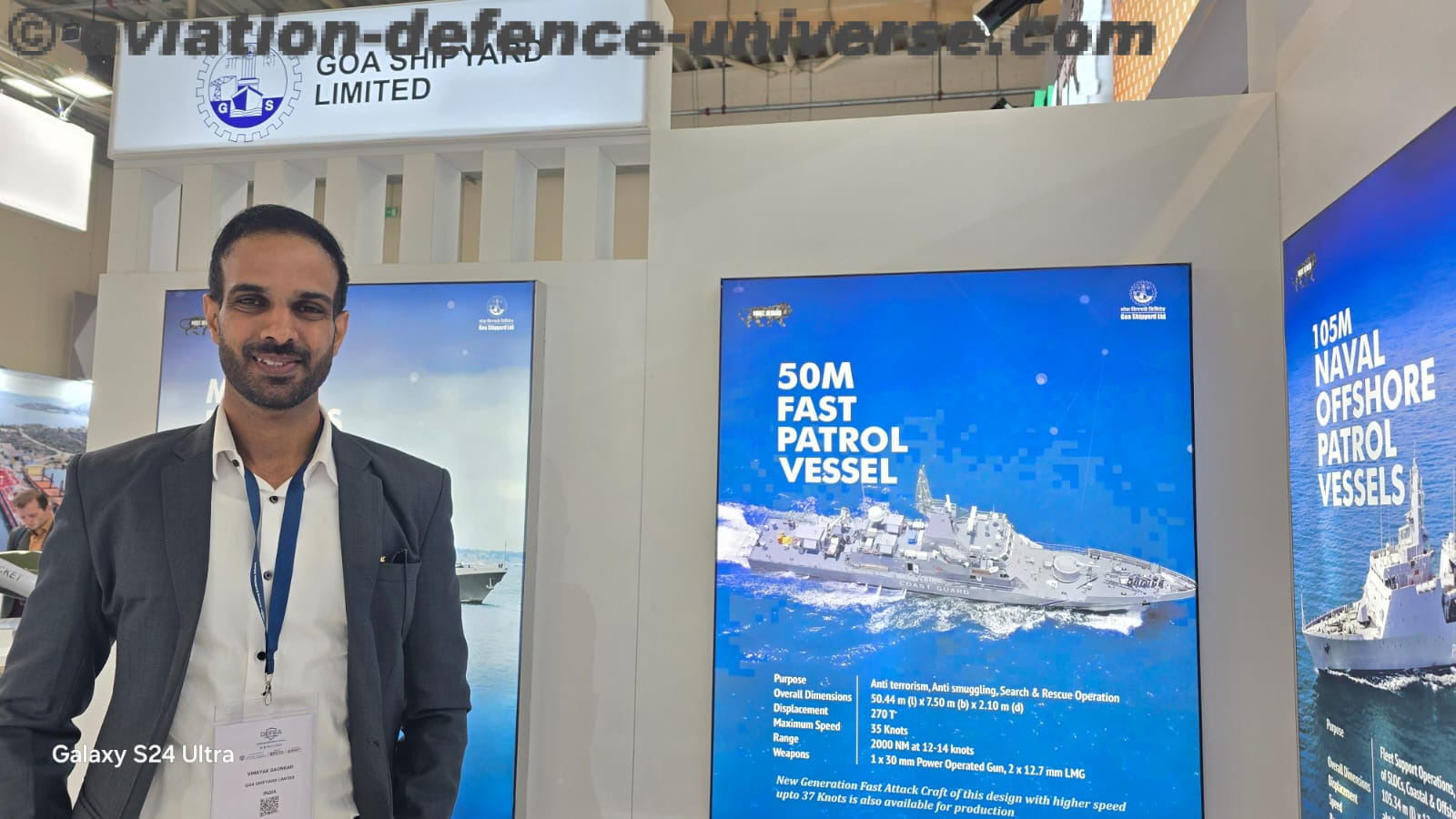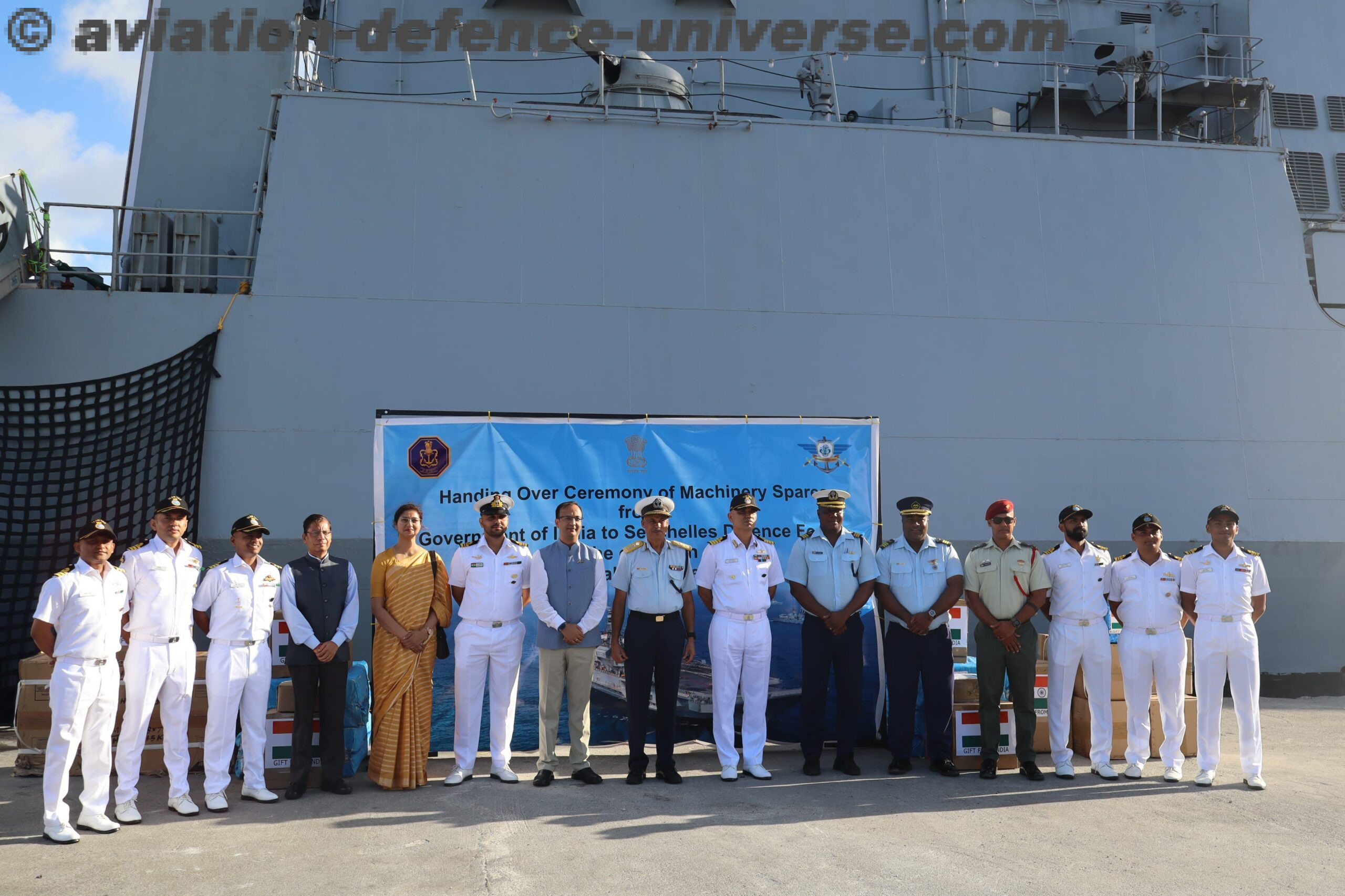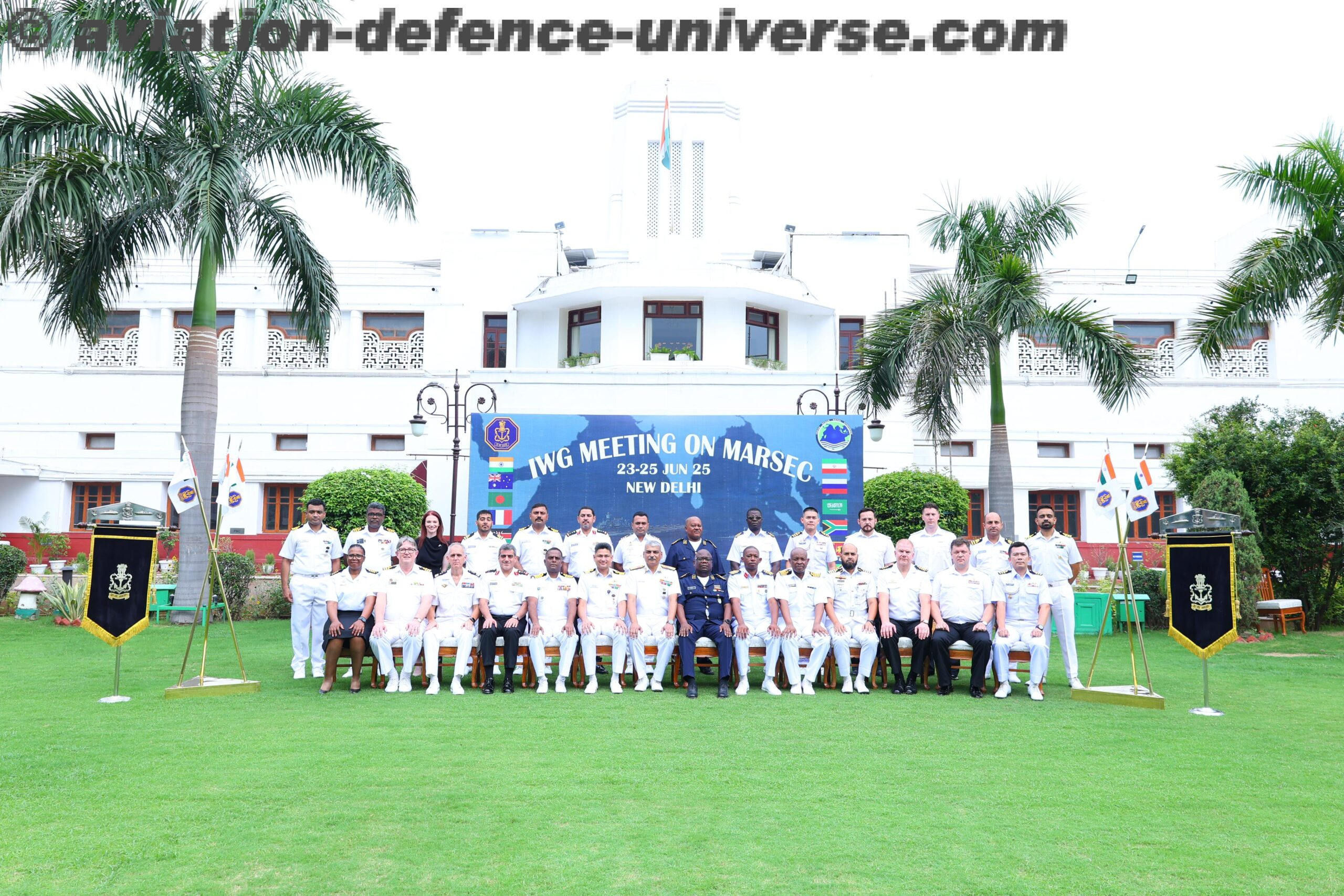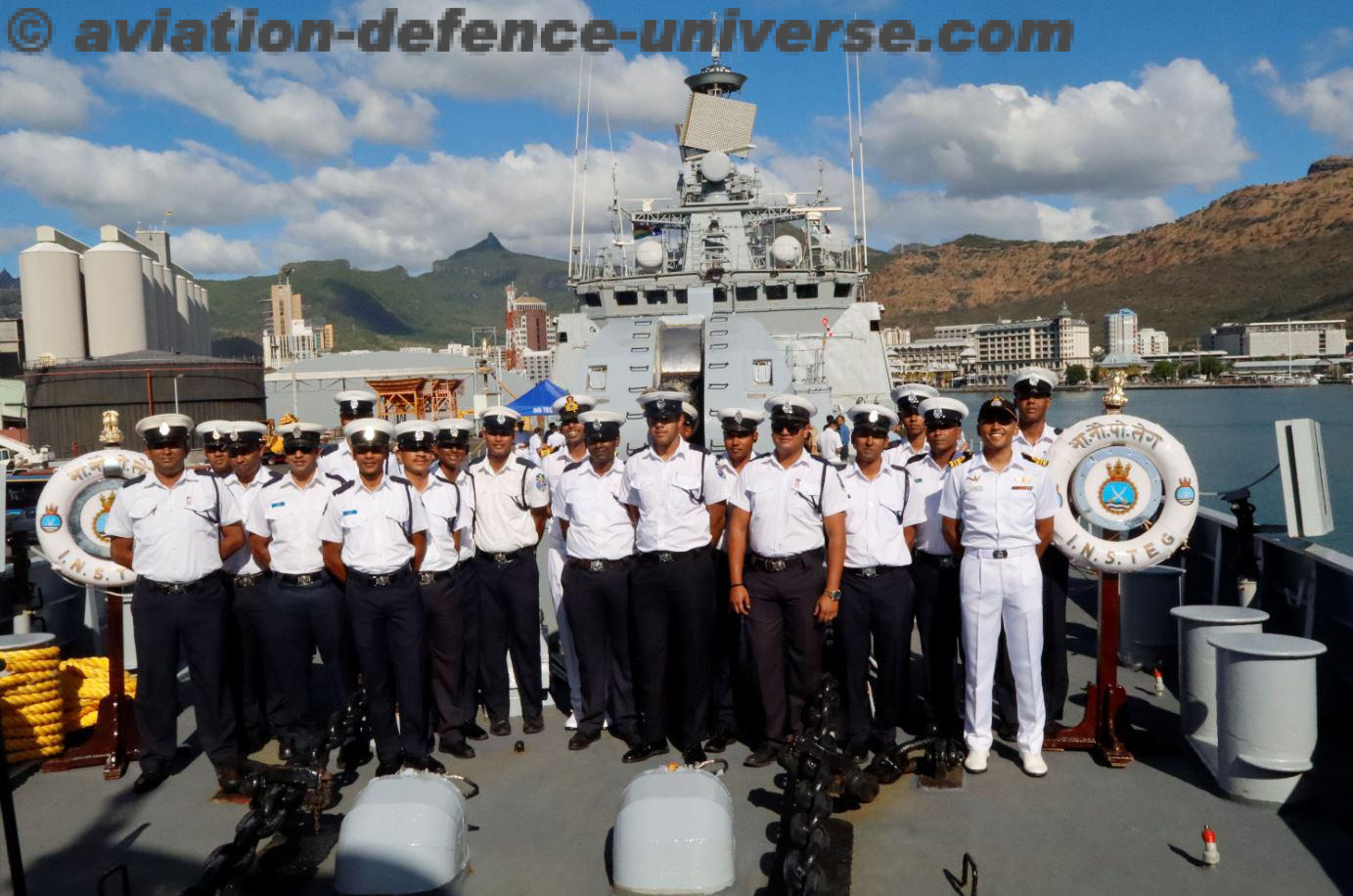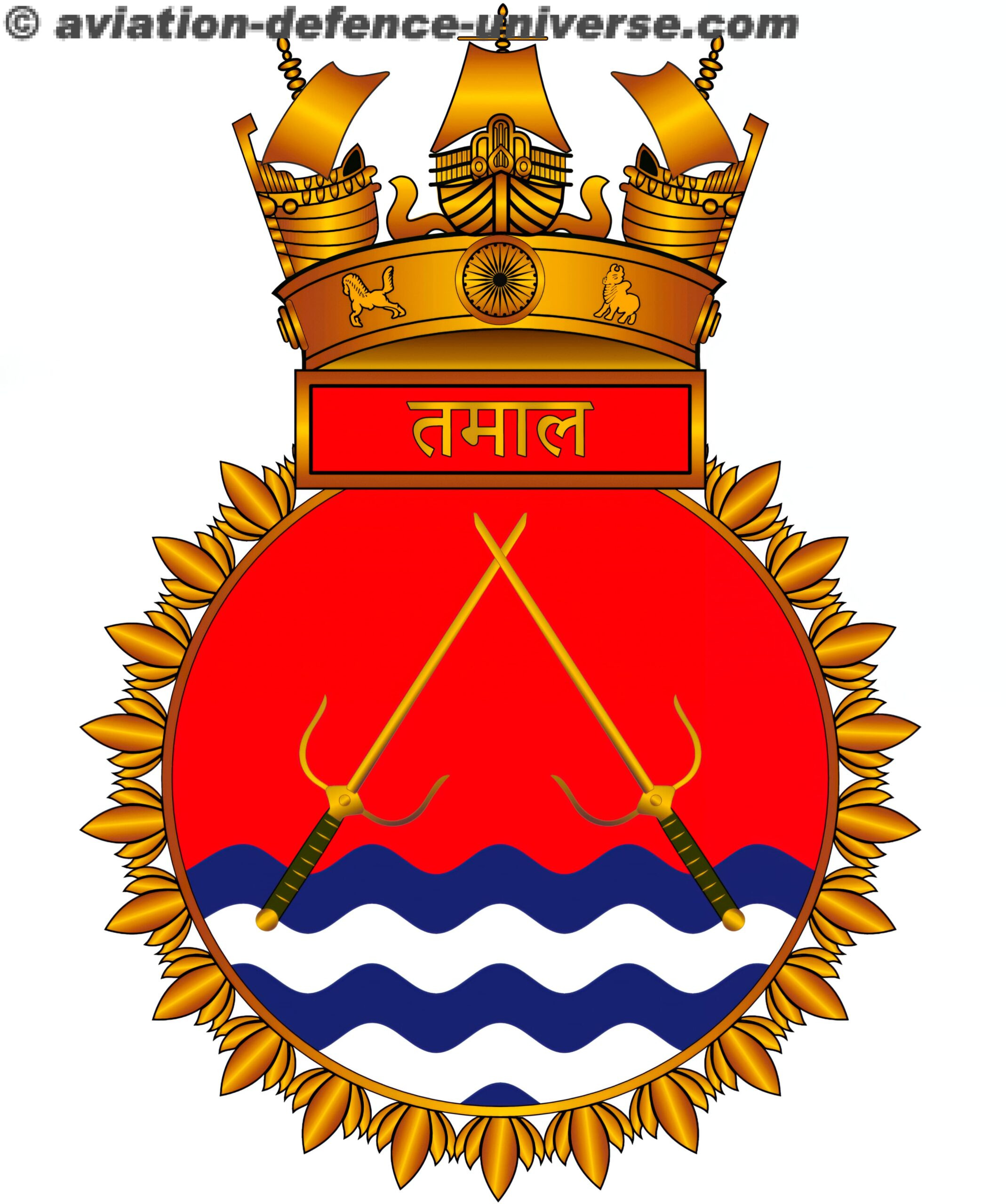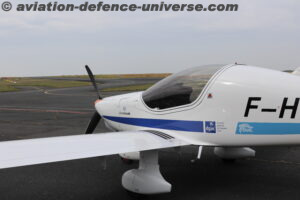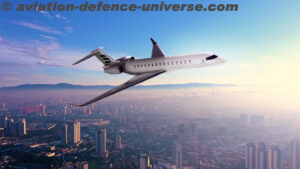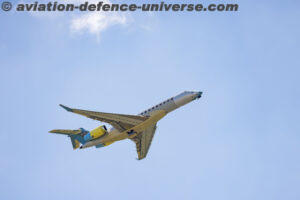- The RDR-7000 provides business aircraft, helicopter pilots and select defence platforms with unrivalled levels of situational awareness while reducing pilot workload
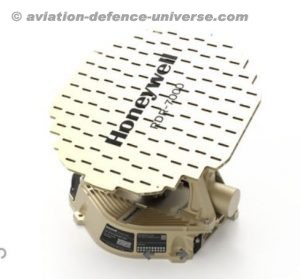
Singapore. 25 August. Following the Federal Aviation Administration certification in the United States, Honeywell (NASDAQ: HON) has now achieved certification on its innovative IntuVue RDR-7000 Weather Radar System from the European Union Aviation Safety Agency (EASA). Designed for business jets, the RDR-7000 delivers a package of unprecedented innovations that creates safer and more comfortable flights which better avoid weather delays and lighten pilot workloads.
Honeywell is also offering a variety of sales incentives for immediate ordering and installations of the RDR-7000. The Honeywell RDR-7000 retrofit program offers numerous incentives for incorporation, including software package incentives, trade-in credits for old radar units, and Maintenance Service Plan Avionics incentives in the first year when a new three-year contract is signed. Owners can determine their certification availability, schedule and more by visiting the Honeywell RDR-7000 website.
The RDR-7000 Weather Radar is now certified for use on Global Express/XRS/5000, Dassault Falcon 900A/B, Dassault Falcon EX/LX/EASy, Textron Citation X, Leonardo AW139 (short nose), Cessna Citation Encore/Ultra/Bravo, Lockheed C-130 Hercules, and other aircraft. For the full listings of compatible models, please visit here.
“Achieving EASA certification for the RDR-7000 will ensure our business aviation and helicopter operators get the very best in technology,” said Nadya Krisko, senior director, Business and General Aviation, EMEAI, Honeywell Aerospace. “Operators of these aircraft can now purchase and install the RDR-7000 on their aircraft and take advantage of the system’s safety and operational benefits, including predictive hail, predictive lightning, extended turbulence detection range and forward-looking windshear for aircraft with 18-inch antennas.”
The automated, hands-free operation of the RDR-7000 Weather Radar System means no manual tilt or gain adjustments are required. This enables pilots to focus solely on flying, which is especially important during high-stress periods dealing with bad weather.
Additionally, conventional radars scan only a portion of the sky, but the RDR-7000 automatically scans from the ground to 60,000 feet and as far as 320 nautical miles ahead. Honeywell was the first to introduce vertical displays in airborne weather radars; RDR-7000 incorporates the most advanced version using patented 3D Volumetric Buffer technology.
Using 3-D volumetric scanning techniques, the system analyses storm clouds and looks for conditions that could potentially produce lightning, hail, turbulence, or windshear, and displays them for the flight crew. The RDR-7000 also can determine if a second storm front is lurking behind the initial system. The longer and more accurate turbulence detection range provides flight crews with as much as six to 10 minutes to react to approaching turbulence, so they can alert passengers or potentially navigate around it.
A Terrain Database is also loaded into the RDR-7000 internal memory that allows ground returns to be removed from pilots’ displays, further reducing the potential of displaying confusing or irrelevant information while in weather mode. As an added benefit, when ground map mode is selected, the weather return information can be removed from the display, providing pilots with ground return information only.

























